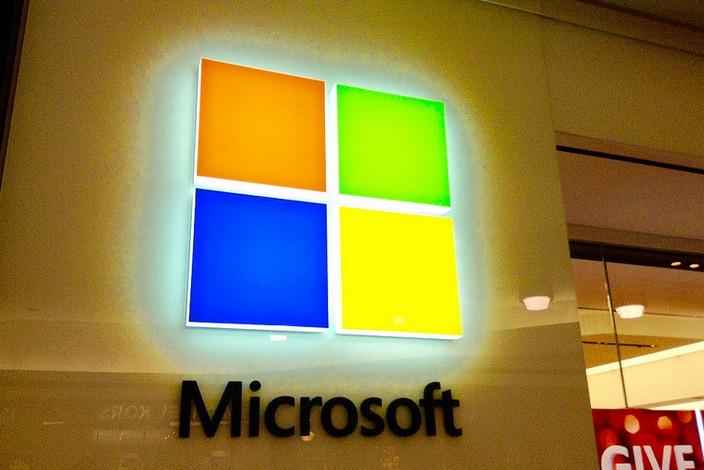Given the historically low yields present across the yield curve and Sizemore Capital’s view that bonds are risky investments at current prices (see “Grantham is Dumping Bonds“), Sizemore Capital has opted to substitute the actively-managed Pimco Total Return ETF (BOND) for our traditional bond index exposure via the iShares Core Total US Bond Market ETF (AGG) in the Sizemore Capital Strategic Growth Allocation.
Additionally, we will reduce our current allocation to the iShares Barclays TIPS Bond ETF (TIP) by 2.5%, with the remainder being allocated to BOND. The total portfolio allocation to bonds will remain 15%, but will consist of a 10% allocation to BOND and a 5% allocation to TIP.
Our rationale is easy enough to understand. At current prices and yields, a “buy and hold” bond portfolio offers no realistic opportunity for returns, particularly after inflation. Rather than a “risk-free return,” we are now offered a “return-free risk.” But at the same time, bonds do offer value as a “shock absorber” and can play a valuable role in a dynamic rebalancing strategy.
We chose BOND as an alternative because its manager–the legendary “Bond King” Bill Gross–takes a tactical approach to bond investing. Gross is also willing and able to short sectors of the bond market he considers at risk.
Gross is not infallible, and he has trailed his peers in recent years. And in a broad sell-off of bonds, his fund would take losses along with its peers. But in choosing BOND, we hope to get the benefits of a bond allocation–its low correlation to the equities markets–with the additional possibility of at least modest capital gains via Gross’ active management.
Disclosures: Sizemore Capital is long BOND and TIP.
The investments discussed are held in client accounts as of January 8, 2013. These investments may or may not be currently held in client accounts. The reader should not assume that any investments identified were or will be profitable or that any investment recommendations or investment decisions we make in the future will be profitable.
Certain information contained in this presentation is based upon forward-looking statements, information and opinions, including descriptions of anticipated market changes and expectations of future activity. The manager believes that such statements, information and opinions are based upon reasonable estimates and assumptions. However, forward-looking statements, information and opinions are inherently uncertain and actual events or results may differ materially from those reflected in the forward-looking statements. Therefore, undue reliance should not be placed on such forward-looking statements, information and opinions.



